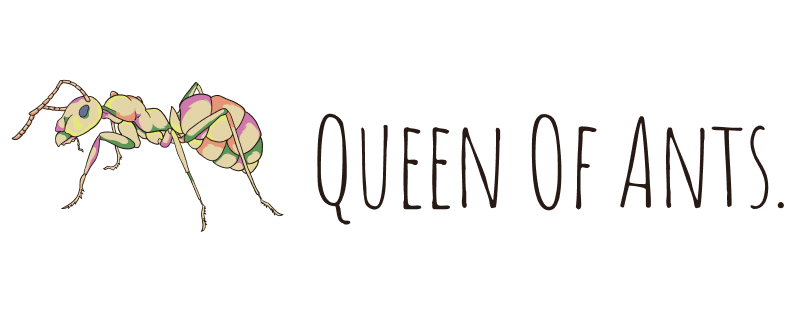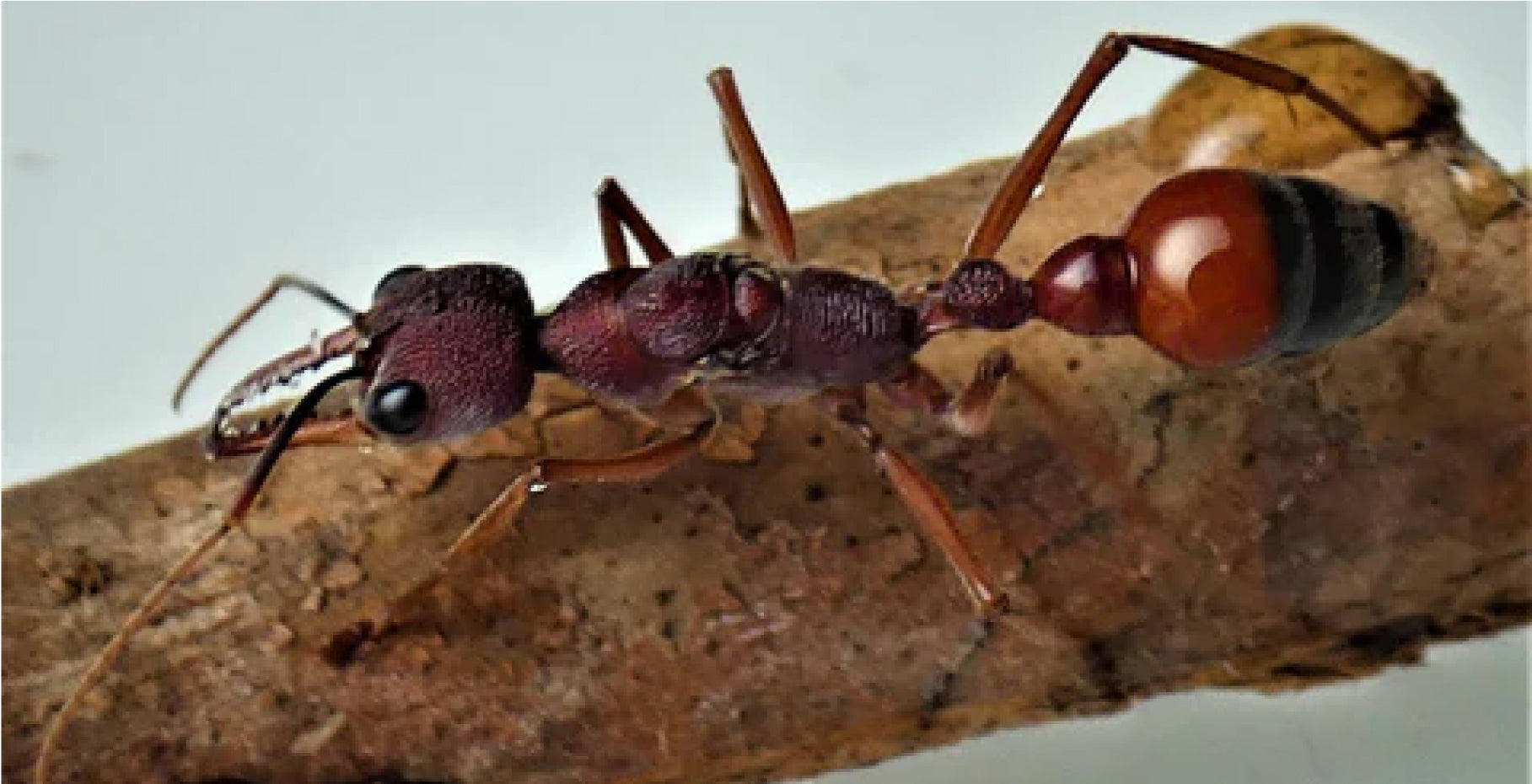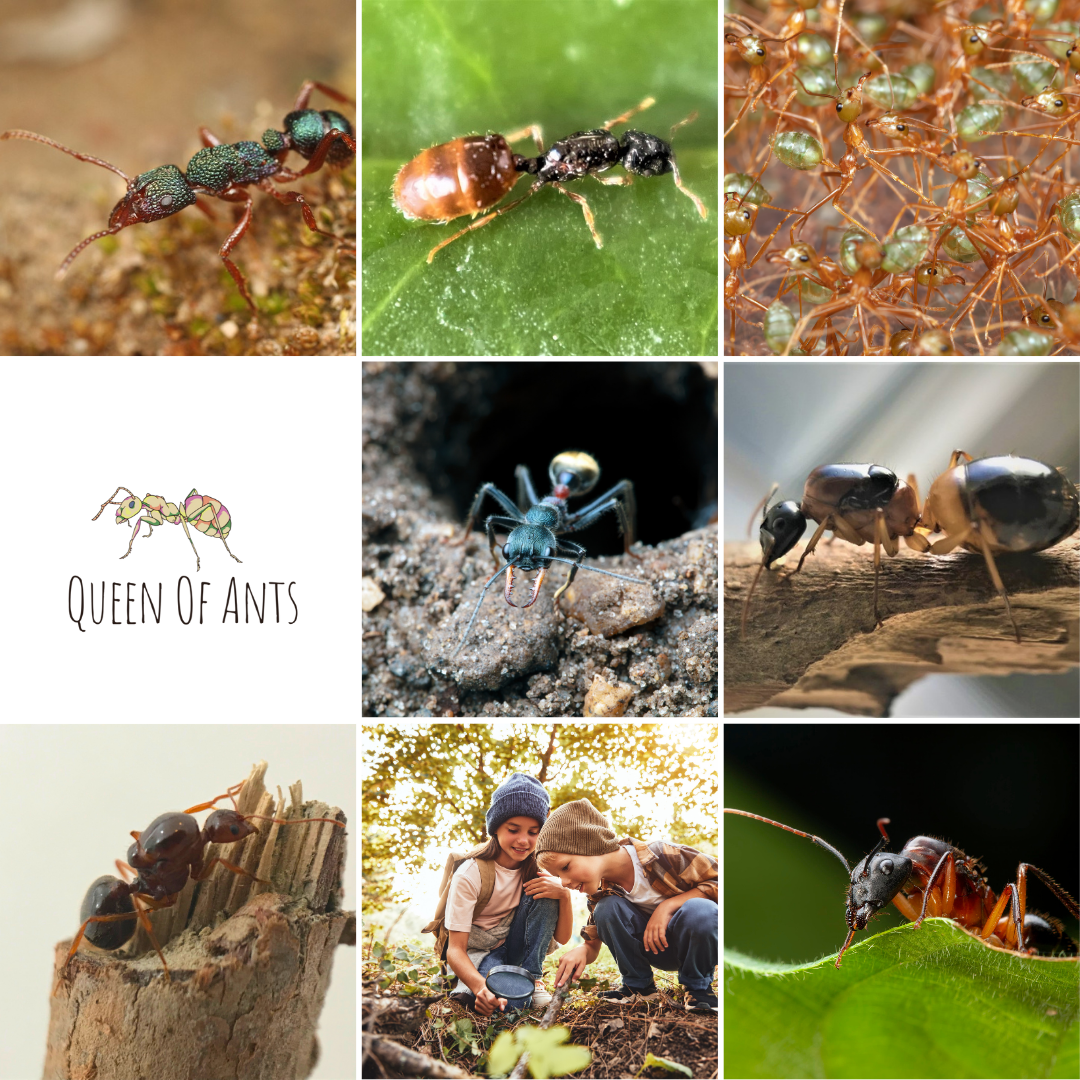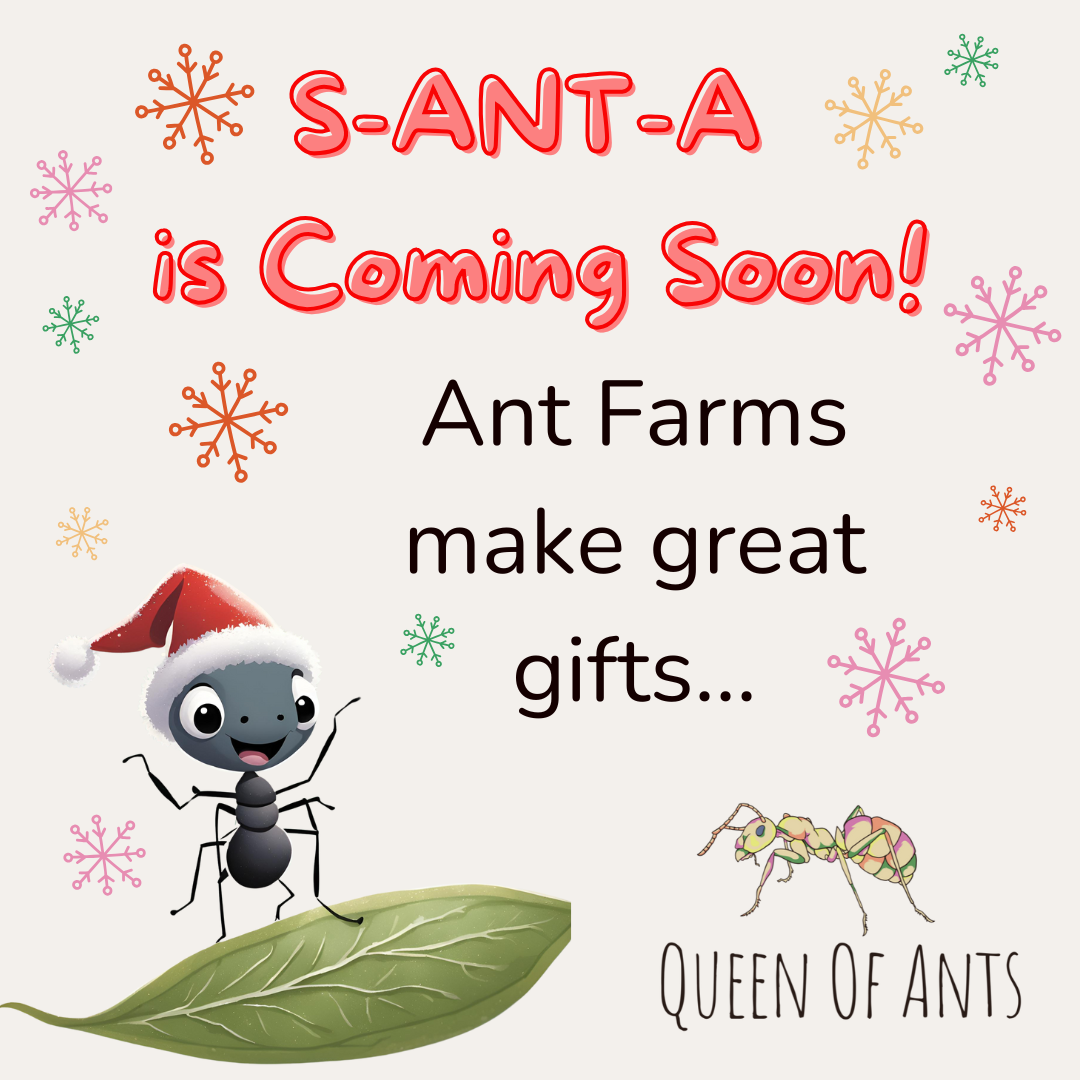Weaver Ants: Natures Biocontrol Agents in Australia

Australia’s unique environment and diverse ecosystems make it home to a wide range of innovative and sustainable agricultural practices. Among these, the use of weaver ants (genus Oecophylla) as natural biocontrol agents stands out as a fascinating example of nature working hand in hand with farming.

What Are Weaver Ants?
Weaver ants are social insects known for their remarkable ability to construct intricate nests by weaving together leaves using silk produced by their larvae. These ants are native to tropical regions, including parts of Australia, and are highly territorial and aggressive, which makes them formidable defenders of their habitats.
How Weaver Ants Work as Biocontrol Agents
In agriculture, biocontrol refers to the use of natural predators or parasites to manage pest populations, reducing the need for chemical pesticides. Weaver ants are particularly effective in this role due to their hunting and territorial behaviours. Here’s how they contribute:
-
Pest Control: Weaver ants prey on a variety of insects that are harmful to crops, such as caterpillars, beetles, and other herbivorous pests. Their presence in agricultural areas can significantly reduce pest populations, helping to protect crops naturally.
-
Territorial Nature: These ants are fiercely protective of their territory, making them excellent guardians of crops. They patrol their environment constantly, deterring pests from settling or breeding near their nests.
-
No Chemical Residue: Unlike synthetic pesticides, using weaver ants as biocontrol agents leaves no chemical residue on crops, making the produce safer for consumption and better for the environment.
Weaver Ants in Australian Agriculture
In Australia, weaver ants have been used in various agricultural practices, particularly in tropical and subtropical regions. Some of the crops that benefit from the presence of weaver ants include:
-
Citrus Orchards: Weaver ants have been successfully used to control citrus pests such as the citrus leaf miner and various aphid species. Their ability to patrol and protect large areas of the orchard makes them highly effective in maintaining healthy crops.
-
Mango Plantations: Mango growers have also harnessed the power of weaver ants to manage pests like fruit flies and leafhoppers. The ants' aggressive hunting tactics help reduce infestations, leading to higher-quality fruit yields.
-
Cashew Nuts: In some regions, weaver ants are introduced to cashew plantations to manage pest populations that could otherwise damage the nuts and lower production quality.
Challenges and Considerations
While weaver ants offer significant benefits as biocontrol agents, there are a few challenges to consider:
-
Ant Management: Weaver ants need to be managed carefully to prevent them from becoming a nuisance to workers or damaging the crops they are meant to protect.
-
Habitat Requirements: These ants thrive in warm, humid environments, so their effectiveness may be limited in cooler or drier regions of Australia.
-
Integration with Other Practices: Successful biocontrol with weaver ants requires integrating their use with other sustainable farming practices to maintain ecological balance and crop health.
The Future of Weaver Ant Biocontrol in Australia
As sustainable agriculture continues to gain momentum in Australia, the role of weaver ants as biocontrol agents is likely to expand. Research is ongoing to better understand how to manage and deploy these natural predators effectively across different crops and climates. By embracing such innovative approaches, Australian farmers can reduce reliance on chemical pesticides, protect the environment, and produce healthier, safer food for consumers.
Weaver ants are a shining example of how nature can provide elegant solutions to modern agricultural challenges, ensuring a more sustainable future for farming in Australia.




